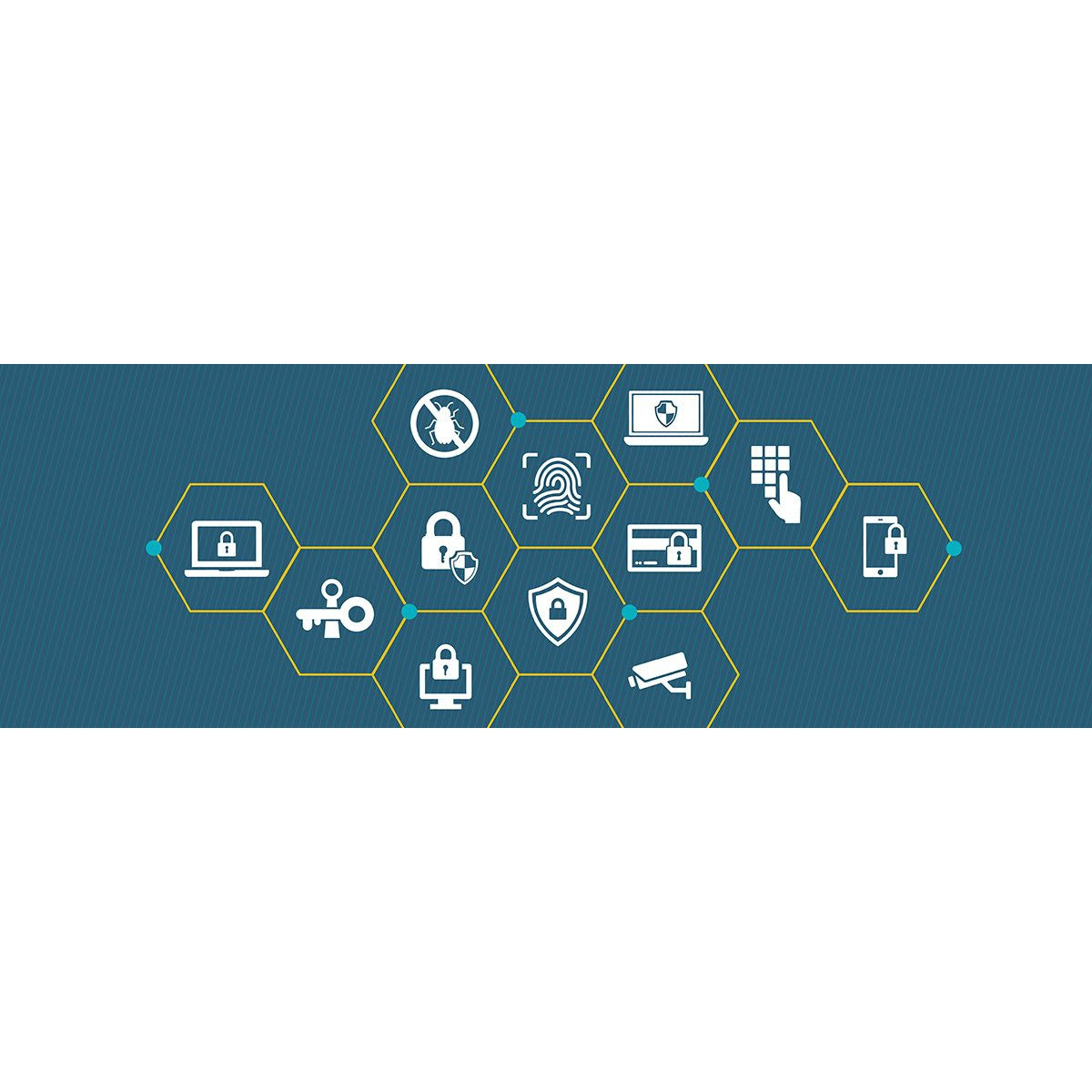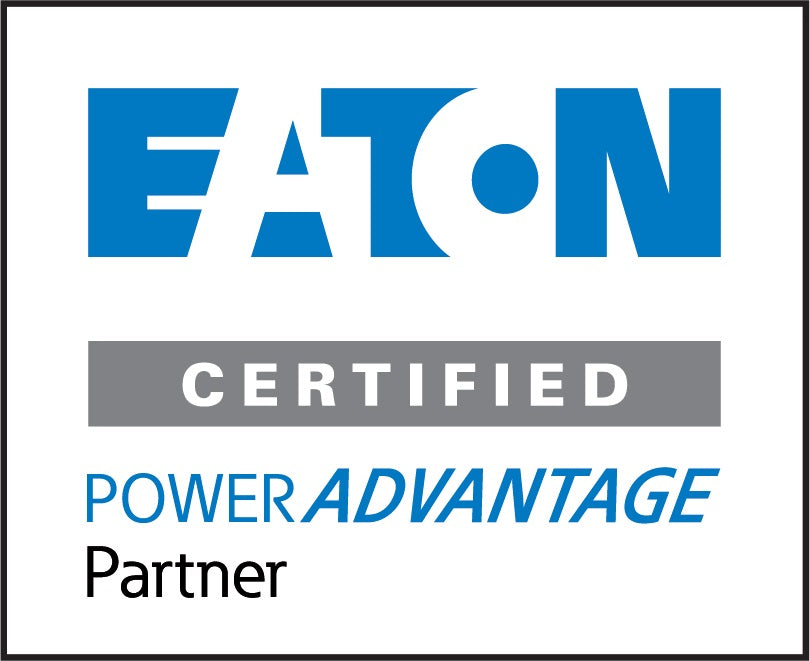Five Missteps to Prevent When Safeguarding a Hybrid System: Ensuring Security in a Blended Environment
As organizations adopt hybrid systems, combining on-premises infrastructure with cloud-based solutions, ensuring robust security becomes paramount. Hybrid environments introduce unique challenges, as they require safeguarding both physical and virtual assets. In this blog, we will explore five common missteps to avoid when safeguarding a hybrid system, providing insights into effective security practices that will help organizations protect their data, systems, and sensitive information.
1. Neglecting a Comprehensive Security Strategy:
One of the most significant missteps is failing to develop a comprehensive security strategy for the hybrid system. Organizations must conduct a thorough risk assessment, identify potential vulnerabilities, and define security policies and protocols. This includes implementing multi-factor authentication, encryption, access controls, and regular security audits. A well-rounded security strategy ensures consistent protection across the hybrid environment.
2. Inadequate Visibility and Monitoring:
Lack of visibility and monitoring capabilities within a hybrid system can lead to undetected security breaches. It is crucial to have real-time visibility into both on-premises and cloud components, enabling organizations to detect and respond to security incidents promptly. Implementing robust security information and event management (SIEM) solutions, intrusion detection systems, and log monitoring tools provide the necessary visibility and monitoring capabilities.
3. Poor Identity and Access Management (IAM) Practices:
Effective identity and access management is essential in a hybrid system to prevent unauthorized access and maintain data integrity. Failing to implement strong IAM practices, such as role-based access controls, regular user access reviews, and privileged access management, can leave the system vulnerable to security breaches. Organizations should adopt centralized identity management solutions that integrate with both on-premises and cloud environments, ensuring consistent access controls and user authentication.
4. Insufficient Data Protection Measures:
Data protection is of utmost importance in a hybrid system where data resides both on-premises and in the cloud. Relying solely on the cloud provider's security measures or neglecting to secure on-premises data adequately can lead to data leaks and compromise sensitive information. Organizations must implement robust data encryption techniques, enforce data loss prevention policies, and regularly back up critical data. Additionally, data classification and data lifecycle management help organizations prioritize protection efforts based on data sensitivity.
5. Lack of Regular Security Updates and Patch Management:
Failing to keep the hybrid system up to date with the latest security patches and updates exposes it to known vulnerabilities. This is particularly crucial for on-premises infrastructure, which is often overlooked in favor of cloud security updates. Organizations should establish a robust patch management process, ensuring that all components of the hybrid system, including operating systems, applications, and network devices, receive regular updates and patches to address emerging security vulnerabilities.
Conclusion:
Safeguarding a hybrid system requires a proactive and comprehensive approach to security. By avoiding common missteps and implementing robust security practices, organizations can mitigate risks, protect their data and systems, and maintain the trust of their customers and stakeholders. A comprehensive security strategy, strong identity and access management, effective visibility and monitoring, robust data protection measures, and regular patch management are key pillars in ensuring the security of a hybrid environment. Embracing these practices will enable organizations to harness the benefits of hybrid systems while maintaining a secure and resilient infrastructure.








